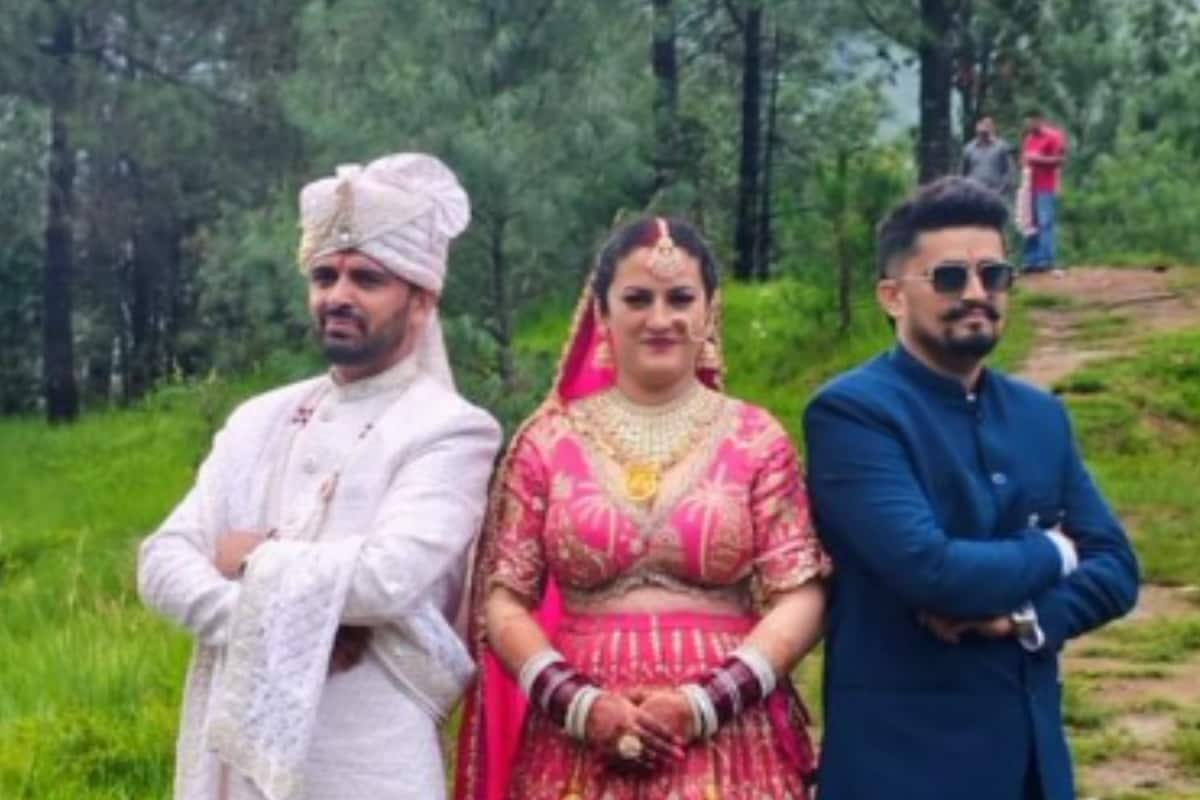

In the remote Trans-Giri region of Himachal Pradesh, the Hatti tribe continues to practice a rare tradition of polyandry, where one woman marries multiple brothers. This practice, known locally as "Jodidara" or "Draupadi Pratha," has historical roots in the community and is still recognized under Himachal Pradesh's revenue laws. A recent wedding in Shillai village, Sirmaur district, where two brothers from the Hatti tribe married the same woman, has brought renewed attention to this age-old custom. The three-day celebration, filled with vibrant folk music, dance, and community festivities, drew hundreds of villagers.
The Hatti community, residing along the Himachal Pradesh-Uttarakhand border, was declared a Scheduled Tribe three years ago. Polyandry was once widespread among the Hattis, particularly in the Sirmaur district. While less common today due to rising literacy and economic development, the tradition persists in some villages. Elders note that such marriages are sometimes conducted discreetly but remain socially accepted. In the past six years, five such polyandrous marriages have taken place in Badhana village alone.
Several factors contribute to the practice of polyandry among the Hatti tribe. A primary reason is to prevent the division of ancestral land among multiple heirs. By marrying one woman, brothers can ensure that their family's agricultural land remains intact across generations. Other reasons include fostering unity among brothers, preserving joint family systems, ensuring a secure and stable environment in remote, hilly terrains and managing scattered agricultural lands. Kundan Singh Shastri, general secretary of the Kendriya Hatti Samiti, explains that the tradition helps deepen understanding within joint families, even among brothers from different mothers.
The recent wedding in Shillai village involved bride Sunita Chauhan and grooms Pradeep and Kapil Negi. The trio stated that their decision was made without any external pressure. Sunita, who hails from Kunhat village, was aware of the tradition and respects the bond they share. Pradeep works in a government department, while Kapil is employed abroad. Despite living apart, Kapil believes the marriage ensures support, stability, and love for their wife as a united family.
The tradition is locally known as “Jajda”. The bride is brought to the groom's village in a procession, and a ritual called “Seenj” is performed at the groom's residence. A priest chants mantras in the local dialect, sprinkles holy water on the couple, and offers jaggery, symbolizing sweetness and harmony in their married life.
While polyandry is becoming less common, it remains a significant part of the Hatti community's cultural identity. The Hatti community consists of nearly 300,000 people residing across approximately 450 villages in the Trans Giri area of Sirmaur district. Similar traditions were historically observed in Jaunsar Babar in Uttarakhand and the Kinnaur district of Himachal Pradesh. Some believe the origins of polyandry can be traced back to the Mahabharata, referencing Draupadi's marriage to the five Pandava brothers.
Despite its cultural significance, the share of tribal women in ancestral property remains a contentious issue. As more villagers become educated and move to cities for jobs, some believe that the ‘Jodidara’ tradition will slowly fade away.